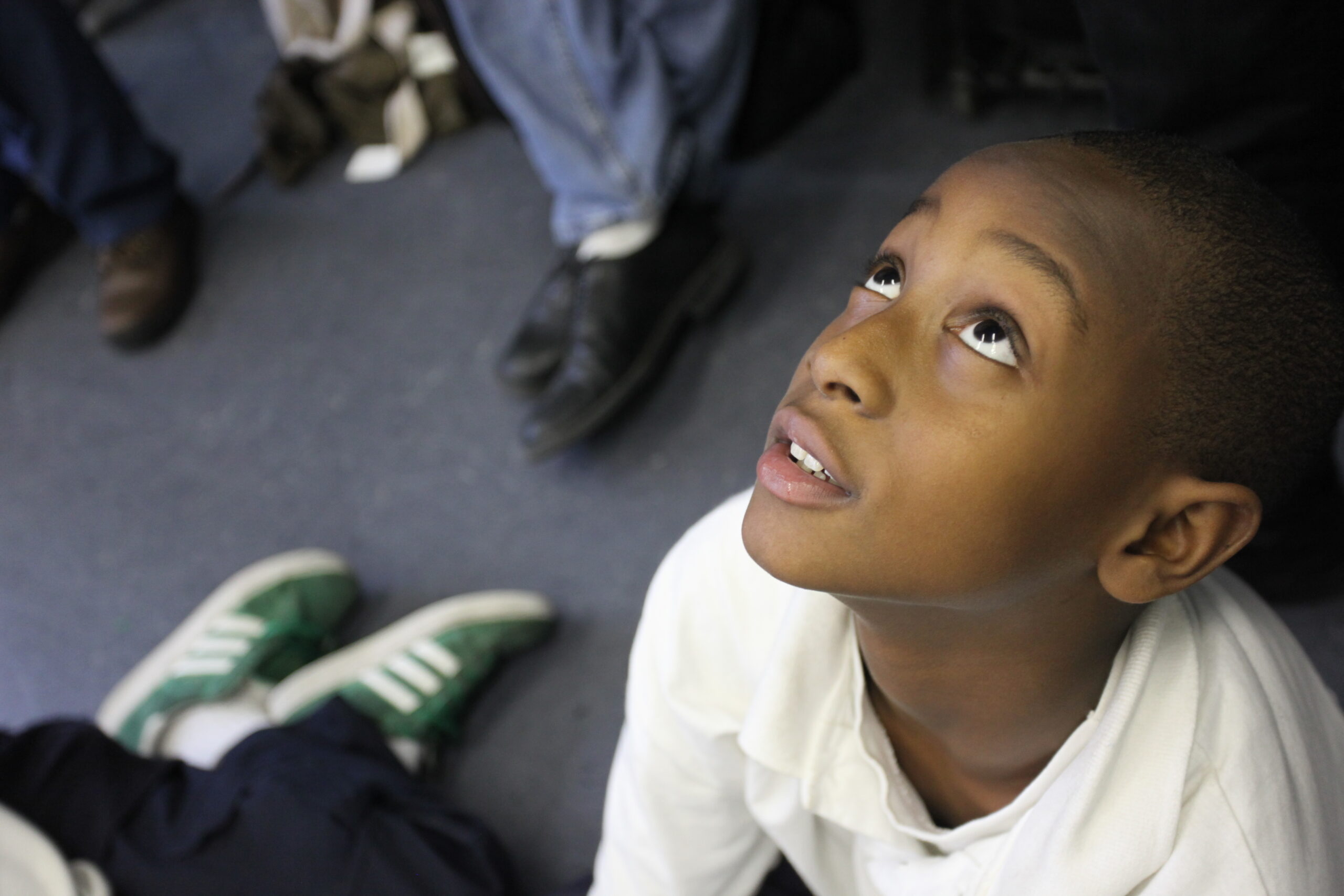Grantee Amy Halberstadt is examining the extent to which practices that reduce racial bias among teachers can respond to gaps in academic and disciplinary outcomes between Black and White students. The project builds on earlier pilot work and is ultimately intended to inform the design of a future intervention to interrupt teachers’ explicit and implicit racial bias in the classroom in order to reduce inequality on the basis of race.
Halberstadt maintains that most of us have some degree of implicit bias related to race, that individuals with implicit biases can act in ways that are highly detrimental to the people or groups to whom the bias is directed, and that these automatic race-based biases are likely to play out in the classroom. Teachers and educational staff may unwittingly make racialized interpretations of emotion and of children’s behavior, for example by perceiving anger in a student’s facial expression even if it is not there, or perceive hostility, rather than frustration or distress, as a cause for behavior, even when hostility is not intended. “Interpretations based on race may lead to a cascade of unequal interpersonal and academic outcomes for Black students,” says Halberstadt.
A two-phase study
For the first part of their research, Halberstadt and her team have created and assessed the necessary measures to conduct a strong, convincing study about how certain predispositions can influence how emotions are perceived and interpreted. “We believe that contextualized and nuanced emotion expression measures are necessary to describe with breadth and depth the relationships between generalized racial bias, specific racialized interpretations, and responses to elementary school students,” says Halberstadt.
Pre-service teachers were shown video recordings of emotion developing in the faces of White and Black children, and were tested first for their accuracy in identifying the emotions depicted. For the misbehavior measures, the preservice teachers watched and evaluated a series of ambiguous video depictions of boys’ behaviors. The team will analyze whether teachers’ measured racial biases predict their accuracy and anger bias in recognizing children’s emotions by race, as well as in their negative judgments of the boys’ misbehaviors by race.
For the second part of the project, Halberstadt will be testing the measures in actual elementary school classrooms. This portion of the project adds the opportunity to test whether racial biases and interpretations impact teacher–student relationships from both the teachers’ and students’ perspectives. Of this portion of the work, Halberstadt notes, “We are interested in learning whether racial bias affects how teachers understand their students’ motivation, ability, and enjoyment. When teachers have substantial racial bias, we will also see how that may affect the students’ motivation, ability, and joy in learning. When teachers view students through the lens of racial bias, student learning may be compromised.”
After testing the measures in classrooms, the research team will debrief with the teachers, discuss their scores on all measures, and provide resources to help maintain and increase their new knowledge regarding the impact of implicit bias on educational practice. “This reflective examination—where we learn from teachers about the barriers and opportunities to their educational practice and potential ways to foster greater awareness and control of their automatic reactions—will set the stage for a future study.”
Informing a response
This project lays an important foundation for a future intervention that would test whether reflecting with teachers regarding their own individualized scores, sharing bias reduction resources with the teachers, creating supportive groups to aid and guide the exploration of one’s own bias, and teaching skills to improve emotion-related judgements can reduce their bias and its associated impact on student–teacher relationships. Halberstadt hypothesizes that for the teachers receiving what she calls the “activated knowledge” intervention, racialized interpretations will be reduced in subsequent years.
If the practice is proven effective, Halberstadt’s team will have succeeded in developing and testing the measures necessary to building a simple intervention with far-reaching implications for improving academic and behavioral outcomes for Black students as they relate to teacher bias and student emotions. “Imagine if we can demonstrate that change is brought about by exploring a personalized description of one’s results from these online measures and providing specific techniques with which to ‘catch oneself’ before committing a racialized judgment. We will have created a simple but highly effective change agent.”






